
15 Wall Color Ideas for White Kitchen Cabinets That Elevate the Space
Selecting wall colors like soft gray, warm beige, sage green, navy blue, and pale blue can elegantly accentuate white kitchen cabinets while influencing mood and light. Rich black or charcoal gray offer dramatic contrast, while olive green, blush pink, and sunny yellow bring grounded sophistication or playful energy. Crisp white and creamy off-white provide timeless cohesion, and pastel hues add serene character. These expert-backed palettes blend practicality with trending aesthetics; discover which combinations best enhance your unique kitchen ambiance ahead.
Key Takeaways
- Pairing white cabinets with soft gray or warm beige walls adds subtle contrast and sophistication while maintaining a serene, inviting atmosphere.
- Sage green or olive green walls introduce natural, calming tones that complement white cabinetry and connect the kitchen to outdoor elements.
- For dramatic flair, navy blue or charcoal gray creates bold contrast, making white cabinets stand out and adding modern visual interest.
- Bright hues like sunny yellow or pastel blue can energize the kitchen, amplifying natural light and making the space feel larger and more cheerful.
- Combining crisp white or creamy off-white walls with white cabinets achieves a timeless, cohesive look that maximizes brightness and versatility.
Soft Gray for a Subtle Sophistication
Soft gray walls serve as an understated backdrop that delicately contrasts with white kitchen cabinets, a choice favored by designers for its versatility and timeless appeal. This combination introduces a nuanced depth that enhances the visual interest of the space without detracting from the brightness of the white cabinetry. Soft gray is adaptable across design styles—modern, farmhouse, or traditional—making it a strategic selection for both compact and expansive kitchens. The neutral undertone fosters a serene environment while providing a sophisticated foundation for layering accent colors or textures. For homeowners seeking a refined yet approachable palette, soft gray achieves balance by grounding white cabinetry and enhancing architectural features. This trend-forward color scheme remains a mainstay in contemporary kitchen design for its enduring adaptability and subtle sophistication. When paired with sleek white countertops, this color scheme further emphasizes the spaciousness and brightness of the kitchen.
Warm Beige to Enhance Cozy Vibes

When aiming to cultivate a welcoming kitchen environment, warm beige emerges as a strategic wall color that harmonizes with white cabinetry to enhance both depth and comfort.
This warm tone introduces a sense of intimacy without overpowering the design, aligning effortlessly with current preferences for inviting yet refined spaces.
Warm beige’s versatility allows it to complement natural wood accents and a range of metallic finishes—brass or bronze hardware, for example—offering a sophisticated contrast that uplifts the space.
By reflecting natural light, warm beige walls make the kitchen appear brighter and more expansive, while maintaining a cozy ambiance.
Design professionals frequently recommend this palette in both traditional and modern settings, as it creates a timeless backdrop for white cabinets and fosters a cohesive, welcoming atmosphere.
Sage Green for a Refreshing Natural Touch
Sage green introduces a calming, nature-inspired ambiance that enhances the tranquility of kitchens anchored by white cabinetry. This nuanced hue seamlessly coordinates with trending hardware finishes and accent materials, providing design flexibility across contemporary and classic interiors. For homeowners seeking both aesthetic longevity and a serene backdrop, sage green delivers versatile pairings that enhance both mood and style. Thoughtful cabinet designs and chic accessories can elevate kitchen aesthetics, making the space not only functional but also spiritually uplifting.
Calming Nature-Inspired Ambiance
A muted, earthy palette instantly fosters tranquility in a kitchen, and sage green walls serve as an ideal backdrop for white cabinetry. This nuanced shade introduces a rejuvenating, natural touch, elevating a neutral kitchen while maintaining an inviting, serene atmosphere.
As a nature-inspired color, sage green promotes a calming ambiance, making it particularly suitable for spaces where culinary creativity and social interaction converge. Its versatility allows seamless integration into diverse design aesthetics, from modern minimalism to rustic farmhouse.
Expert designers recognize that sage green not only enhances visual harmony but also subtly connects the interior with the outdoors. For homeowners seeking a balanced, understated look, sage green remains a top recommendation, delivering on both trend relevance and enduring appeal within kitchens anchored by white cabinetry.
Versatile Pairings With Accents
Though subtle in tone, sage green introduces an organic vibrancy that enhances white kitchen cabinets beyond basic neutrality. This versatile hue is celebrated in contemporary design for its ability to create a rejuvenating and earthy ambiance, aligning seamlessly with both modern and farmhouse aesthetics.
When paired with white cabinets, sage green delivers a sophisticated contrast that raises the spatial experience. Strategic use of brass or matte black hardware can further accentuate this pairing, adding depth and refinement.
For peak cohesion, integrating wood accents and greenery amplifies the palette’s natural appeal, fostering a serene atmosphere that encourages both relaxation and creativity.
Sage green’s adaptability guarantees it remains a trend-forward choice, harmonizing with evolving kitchen design elements while maintaining a calm, inviting environment.
Navy Blue for Bold Contemporary Contrast
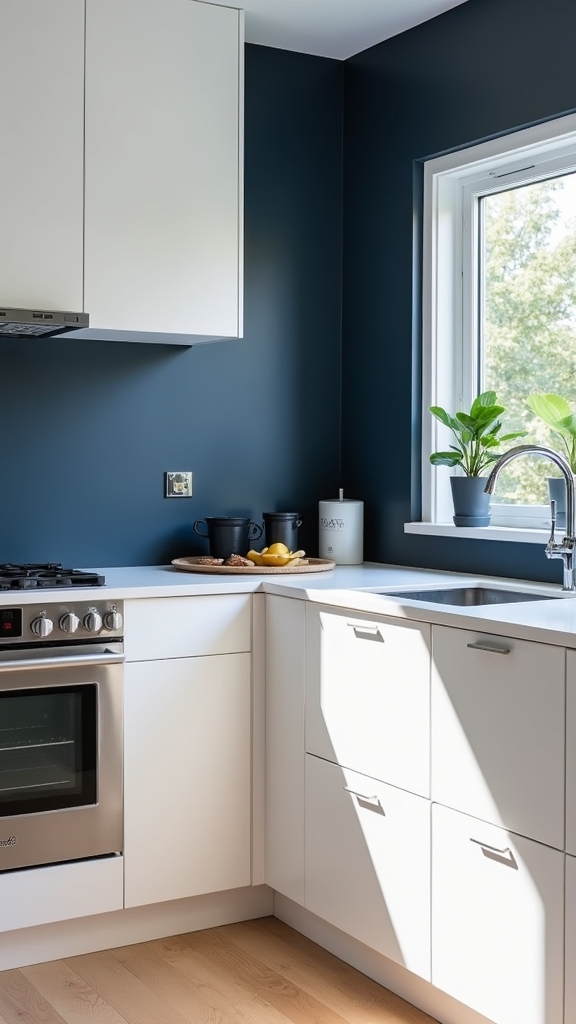
Navy blue delivers a dramatic contrast against white kitchen cabinets, instantly elevating the space with depth and contemporary sophistication. This saturated hue serves as a bold backdrop, allowing white kitchen cabinetry to stand out with crisp definition.
Design professionals often recommend pairing navy blue walls with gold or brass fixtures, amplifying a sense of modern luxury while retaining a timeless appeal. When integrated alongside light countertops, navy blue balances brightness and injects a stylish, inviting ambiance into the room.
Its versatility suits a range of aesthetics, from minimalist contemporary to refined traditional. For those seeking to create a chic focal point, incorporating navy blue in a white kitchen draws the eye and defines the space, reflecting current design trends that prioritize both drama and elegance.
Pale Blue to Promote a Calm Atmosphere
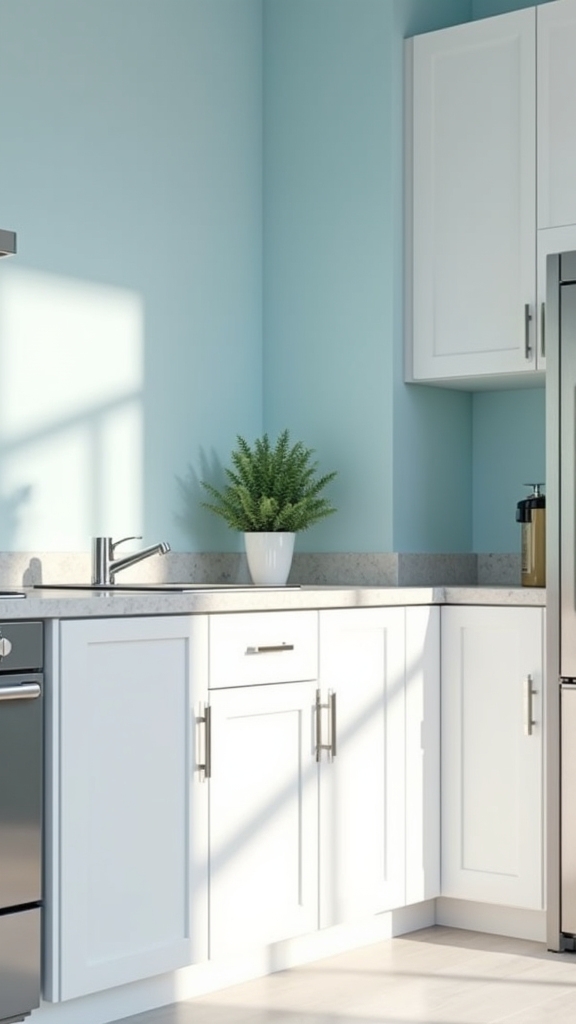
While deep blue tones emphasize boldness and contrast, lighter shades such as pale blue introduce a sense of tranquility to kitchens with white cabinets.
Pale blue is recognized in design circles for its ability to foster a serene environment, making it particularly suitable for spaces where relaxed gatherings and focused food preparation occur. Its airy quality complements white cabinets, elevating the kitchen’s aesthetic while maintaining visual harmony.
In trend-forward interiors—especially coastal and modern farmhouse styles—pale blue walls reflect natural light, enhancing brightness and creating an expansive feel.
This hue’s versatility allows seamless pairing with both brass and matte black hardware, adding understated sophistication.
Whether applied in compact or spacious kitchens, pale blue guarantees a cohesive, inviting, and calming atmosphere that remains on trend.
Charcoal Gray for Striking Depth
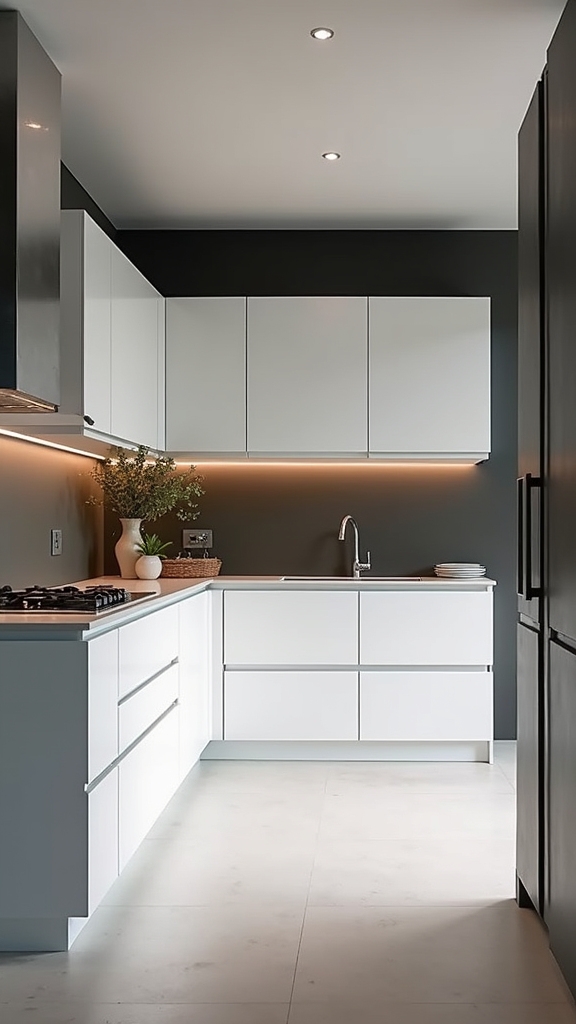
Charcoal gray emerges as a sophisticated choice for kitchen walls, offering pronounced depth and contrast when set against white cabinetry. This dynamic pairing enhances visual interest, making charcoal gray an effective backdrop for both modern and traditional kitchens.
The deep hue absorbs light, fostering a cozy, intimate atmosphere—particularly beneficial in expansive spaces where white cabinets might otherwise feel stark. Design professionals often recommend accentuating charcoal gray walls with warmer metallic fixtures, such as brass or gold, to introduce balance and warmth.
Additionally, charcoal gray’s remarkable versatility allows it to integrate seamlessly with diverse countertop materials, ranging from marble to natural wood. For homeowners seeking a refined, contemporary aesthetic, charcoal gray delivers a bold yet timeless statement alongside the crisp elegance of white cabinets.
Light Taupe to Add Gentle Warmth
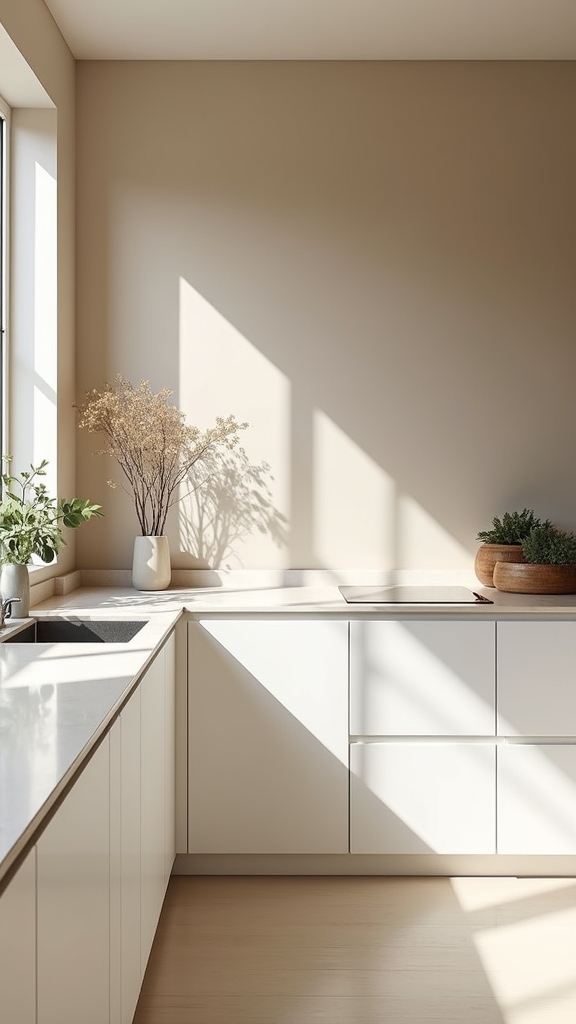
For homeowners seeking a softer alternative to deep, dramatic tones, light taupe offers a sophisticated solution for kitchens with white cabinetry.
As a versatile neutral, light taupe enhances the inherent brightness of white cabinets, while introducing gentle warmth and subtle visual depth. This muted hue has gained traction among design professionals for its ability to foster a welcoming yet modern ambiance.
Light taupe’s adaptability allows it to harmonize with a range of accent colors, including natural wood tones and warm metallic fixtures, providing flexibility for evolving decor preferences.
Light taupe pairs effortlessly with wood accents and metallic finishes, offering endless possibilities for updating your kitchen’s style.
Applying light taupe to kitchen walls creates a seamless shift between white cabinetry and other finishes, promoting cohesion. Its understated presence makes it equally suitable for contemporary or traditional kitchen designs, delivering enduring appeal.
Crisp White for a Classic, Seamless Look
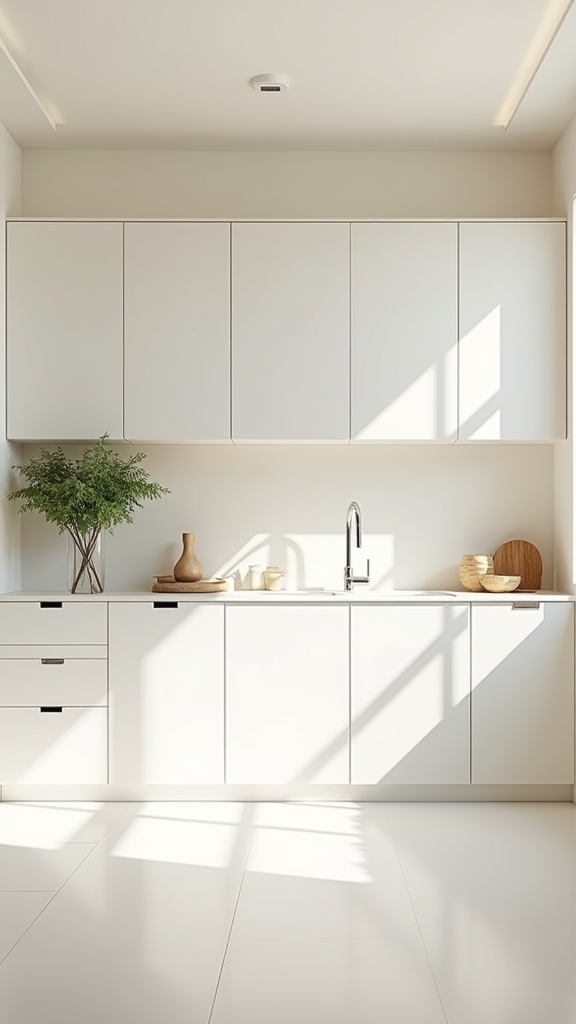
Opting for crisp white walls alongside white cabinetry maximizes the reflection of natural light, enhancing spatial perception and luminosity.
This approach is favored for its timeless elegance, remaining relevant across shifting design trends.
For homeowners seeking a versatile foundation, this monochromatic palette offers enduring appeal and effortless adaptability.
Amplifying Natural Light
A crisp white wall finish delivers a timeless, seamless aesthetic that enhances the natural light in kitchens with white cabinetry.
White walls act as a reflective surface, effectively amplifying natural light by dispersing it throughout the space, which is especially beneficial in kitchens seeking an open, airy feel. This approach eliminates visual clutter, allowing the cabinetry to serve as the focal point while the walls recede gracefully into the background.
For best results, designers recommend selecting a true white or a subtly warm off-white, which maintains cohesion and prevents the space from feeling sterile. Additionally, white walls offer flexibility for future updates in decorative accents, ensuring adaptability to evolving trends.
Ultimately, this strategy not only brightens the kitchen but also contributes to a fresh, modern ambiance.
Achieving Timeless Elegance
Timelessness defines the impact of crisp white walls paired with white kitchen cabinets, producing a cohesive and refined visual narrative.
Expertly selected white paint, particularly in pure or slightly cool undertones, creates a seamless shift between cabinetry and walls, underscoring both modern minimalism and traditional sophistication.
This monochromatic palette amplifies ambient light, visually expanding the kitchen and highlighting architectural elements. A glossy finish on white paint further enhances brightness by reflecting natural and artificial light, instilling depth and vibrancy in the space.
Additionally, this approach provides an adaptable canvas for introducing accent hues, such as a neutral blue on accessories or textiles, ensuring effortless coordination with evolving design trends.
Ultimately, crisp white walls evoke a sense of cleanliness and serenity, ensuring enduring appeal across shifting interior styles.
Misty Green-Grey for a Modern Edge
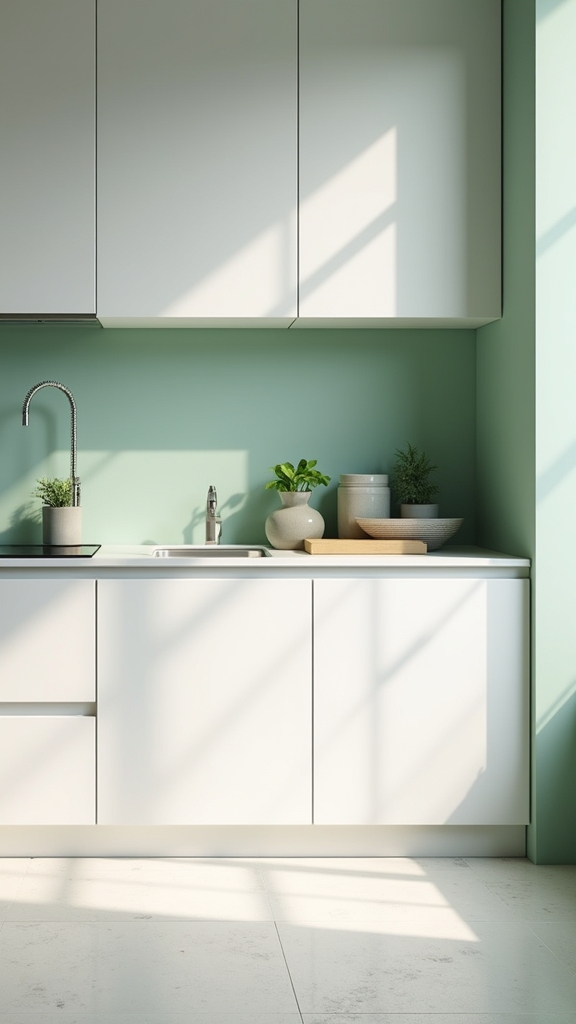
One standout choice for modernizing kitchens with white cabinetry is misty green-grey, such as Fjord M442. This sophisticated hue introduces a modern edge by providing a refined, subtle contrast against white cabinets, enhancing visual depth without overpowering the space. Misty green-grey not only preserves a light and airy atmosphere but also complements organic elements like wood and stone, making it an adaptable choice for a range of kitchen styles. Its nuanced tone supports a serene ambiance, ideal for contemporary environments seeking a balance of tranquility and trend. Incorporating textured accents such as exposed brick or wood paneling can add visual depth and warmth to the kitchen, further enhancing the sophisticated appeal of misty green-grey walls.
Creamy Off-White for Inviting Warmth
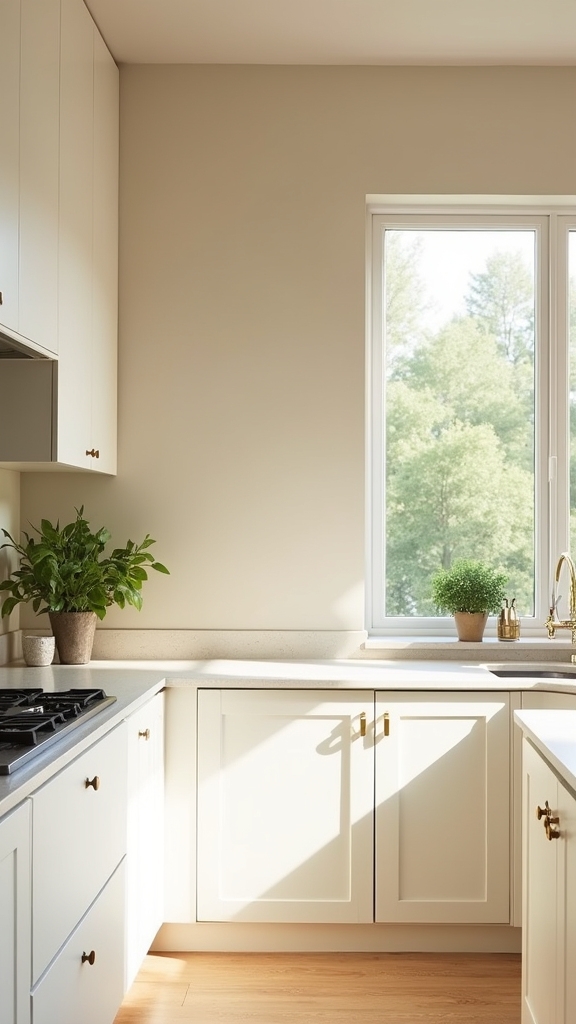
Creamy off-white wall shades, such as Mulberry H484, introduce warmth and luminosity that enhance the inviting qualities of white kitchen cabinetry.
This hue is especially effective when paired with warm metallic fixtures, creating a layered yet cohesive palette that aligns with current design trends.
For homeowners seeking both versatility and timelessness, creamy off-white provides an ideal backdrop that raises both traditional and contemporary settings.
Enhancing Warmth With Cream
When seeking to infuse a white kitchen with subtle warmth, designers often turn to cream-based off-white hues such as Coconut Y456.
These cream tones introduce an inviting ambiance, complementing crisp cabinetry while promoting a sense of cohesion and tranquility. The integration of warm shades establishes a visually seamless progression between elements, resulting in a space that feels both luminous and expansive.
Expert recommendations highlight the following advantages:
- Enhanced Luminosity: Creamy off-whites maximize natural and artificial light, making compact kitchens appear larger and more open.
- Cohesive Aesthetic: Warm cream tones harmonize cabinetry and wall color, reinforcing a unified, designer-curated look.
- Versatile Backdrop: Cream shades accommodate a range of accent materials, particularly natural wood and organic textures, elevating overall design sophistication.
Pairing Cream With Metallics
A harmonious interplay between creamy off-white walls and metallic accents defines a sophisticated approach to elevating white kitchen cabinets.
Cream tones, with their warm undertones, provide an inviting canvas that enhances the reflective qualities of metallics such as brass, gold, or brushed nickel. This combination not only balances the starkness of white cabinetry but also introduces subtle elegance and contemporary flair, aligning with current trends in transitional and modern kitchen design.
Strategically placed metallics—think cabinet hardware, lighting fixtures, or faucets—draw the eye and create visual interest without overpowering the serene ambiance.
For added depth, integrating natural materials like wood or textured metals alongside cream walls further amplifies warmth and dimension, making the kitchen feel expansive, cohesive, and undeniably welcoming.
Pastel Blue to Brighten and Soothe

Soft pastel blue offers a sophisticated solution for homeowners seeking to brighten their kitchen while establishing a tranquil environment.
This versatile pastel shade enhances the inherent brightness of spaces anchored by white cabinets, delivering a fresh yet soothing visual appeal.
Expert designers note its compatibility with a variety of kitchen aesthetics, from coastal to modern farmhouse, where its subtle presence complements natural finishes and light wood accents.
For those considering pastel blue, its ability to create a stress-free ambiance without overwhelming the space makes it a top trend.
- Gentle Contrast: Pastel blue walls provide a delicate yet effective contrast to white cabinets, keeping the palette refined.
- Style Flexibility: This shade seamlessly integrates with multiple design genres, increasing its applicability.
- Atmospheric Calm: The color supports a serene, inviting kitchen environment ideal for daily living.
Rich Black for Dramatic Sophistication
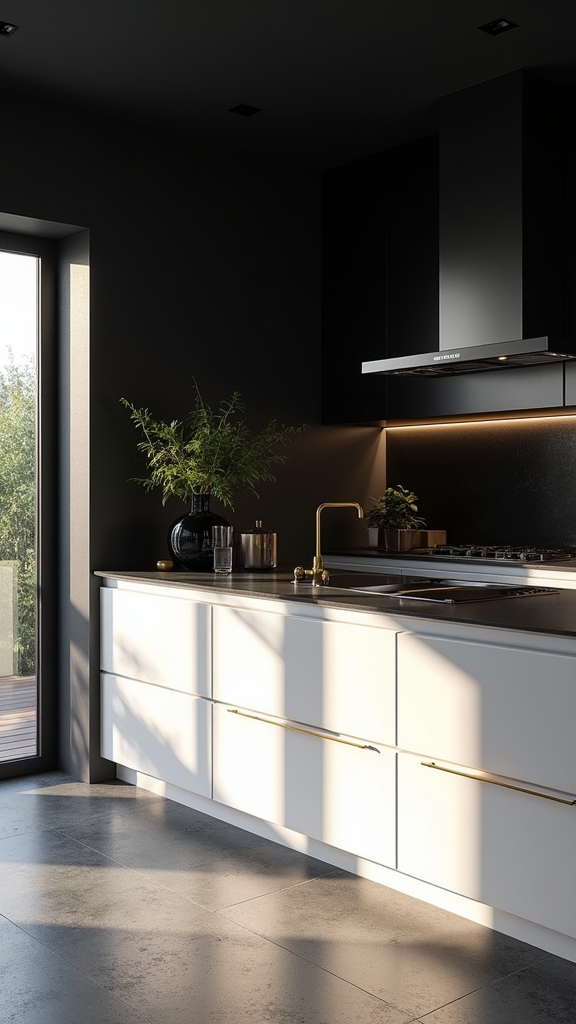
Striking contrast defines the pairing of rich black walls with white kitchen cabinets, producing an enhanced sense of drama and sophistication favored in contemporary design.
Black walls serve as a bold backdrop, making white cabinets visually pop and highlighting their crisp lines. This color strategy infuses the kitchen with depth and intimacy, particularly effective in spaces that benefit from ample natural or layered lighting.
Black walls create a striking backdrop that makes white cabinets pop, adding depth and intimacy to well-lit kitchen spaces.
Designers often recommend integrating metallic accents—such as brass or gold fixtures—to amplify the luxurious ambiance and prevent the scheme from appearing flat.
To maintain balance, lighter countertops and accessories are essential, ensuring that the black does not dominate the environment.
This approach is highly versatile, seamlessly bridging both modern and traditional aesthetics while allowing the white cabinetry to remain the focal point.
Olive Green to Ground the Space
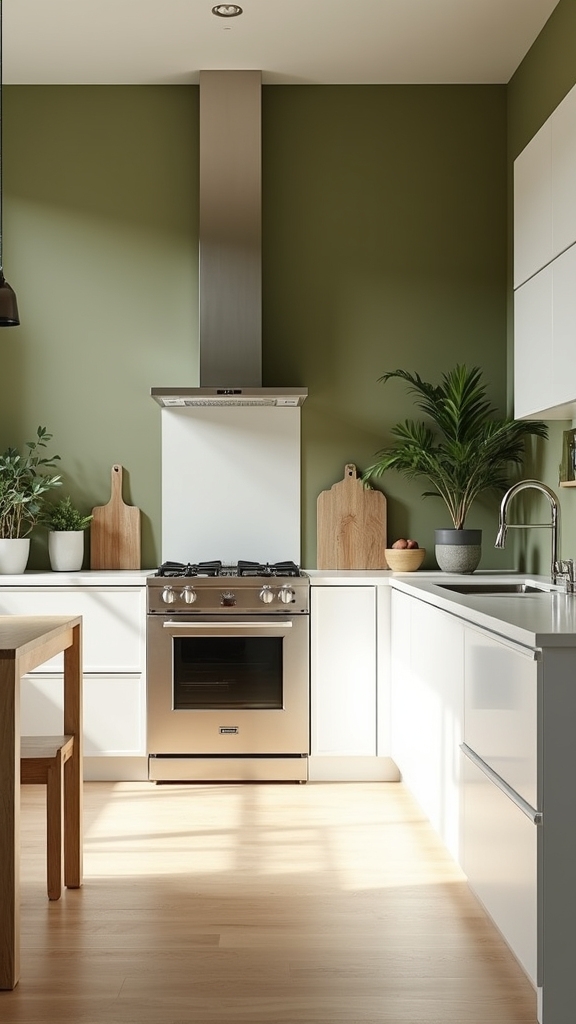
Olive green, a hue rooted in biophilic design trends, delivers an inviting sense of calm and grounded sophistication when paired with white kitchen cabinets.
This shade’s growing popularity in kitchen design is attributed to its versatility and its ability to evoke a serene atmosphere. Olive green serves as a bridge between crisp white cabinets and organic materials, harmonizing with wood accents and earthy textures. Its adaptability guarantees relevance across both contemporary and traditional kitchen aesthetics.
To maximize the impact of olive green in kitchens with white cabinets:
- Use matte olive tones for subtle elegance and reduced glare.
- Pair with natural wood shelves or accents to amplify the biophilic effect.
- Select complementary hardware in brass or black for a cohesive, enhanced look.
Sunny Yellow to Energize the Kitchen
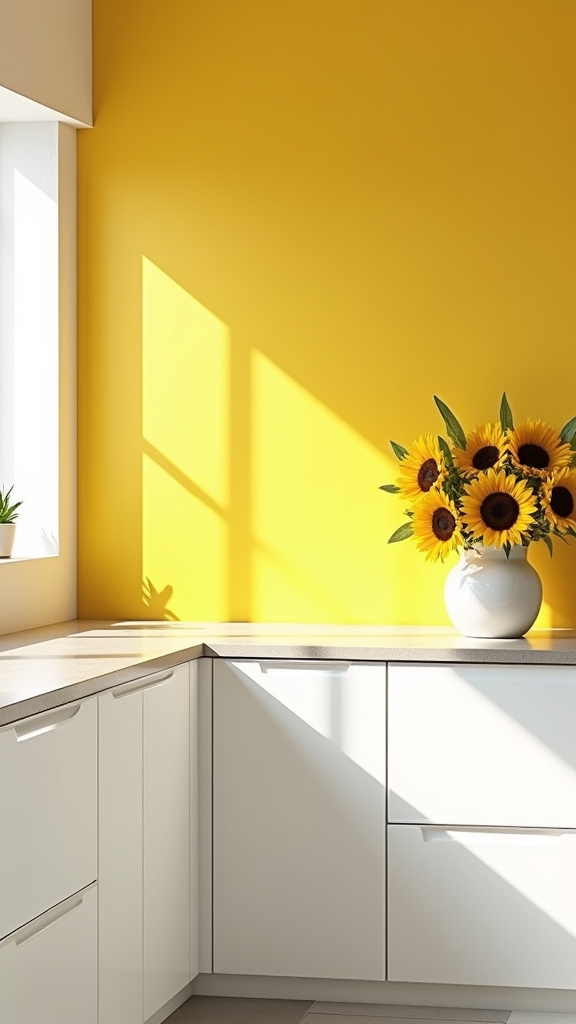
Sunny yellow walls amplify natural light in kitchens with white cabinetry, creating a luminous and invigorating environment.
This hue is particularly effective for fostering uplifting morning energy, a quality increasingly sought after in contemporary kitchen design.
When paired with warm accents such as brass hardware or wood elements, sunny yellow further enhances both visual warmth and cohesion within the space.
Boost Natural Light
How can a kitchen instantly feel brighter and more welcoming? Harnessing natural light is key, and wall color plays a pivotal role in this transformation. Sunny yellow, in particular, is an expert-recommended shade that reflects natural light, amplifying the radiance within a kitchen.
When paired with white cabinets, this vibrant hue creates a visually striking contrast, achieving a harmonious balance between warmth and freshness. Designers highlight its ability to enhance both traditional and modern kitchen schemes.
- Enhanced Luminance: Sunny yellow walls maximize available natural light, reducing the reliance on artificial illumination during daytime hours.
- Visual Expansion: The reflective quality of yellow visually enlarges compact kitchens, especially when combined with white cabinets.
- Mood Enhancement: This color choice fosters an uplifting, inviting ambiance, perfect for social gatherings and daily routines.
Uplifting Morning Vibes
When aiming to invigorate a kitchen’s atmosphere, designers increasingly recommend incorporating yolky yellow hues to establish an energizing backdrop for daily routines.
Sunny yellow is recognized for its mood-boosting properties, creating a joyful and uplifting ambiance ideal for spaces anchored by white cabinets. This color’s luminosity enhances natural light, making the kitchen feel airy and cheerful—an ideal setting for morning activity.
Experts note that yellow is exceptionally versatile, adapting seamlessly to modern and traditional kitchen designs alike. For a practical approach, a feature wall in soft yellow can serve as a dynamic focal point, while accessories in the same palette further reinforce the theme.
Pairing yellow with white cabinets yields a fresh, clean aesthetic, encouraging creativity and warmth in everyday kitchen experiences.
Pairs With Warm Accents
While yellow is renowned for its invigorating qualities, its true potential in a white-cabinet kitchen emerges when paired with warm accents such as brass hardware and natural wood finishes.
Sunny yellow walls intensify the visual brightness of white cabinets, introducing an energizing yet welcoming ambiance that transcends seasonal trends. The use of soft yolky shades is particularly effective, fostering a positive mood and providing a harmonious backdrop for layered textures and metallics.
For ideal results, consider the following design strategies:
- Incorporate Brass Fixtures: Use brass handles or lighting to amplify the warmth of yellow and complement white cabinets.
- Integrate Natural Wood Elements: Add open shelving or butcher block countertops for organic depth.
- Utilize Accent Colors: Introduce earthy reds or greens to diversify the palette and enhance visual interest.
Blush Pink for Playful Elegance
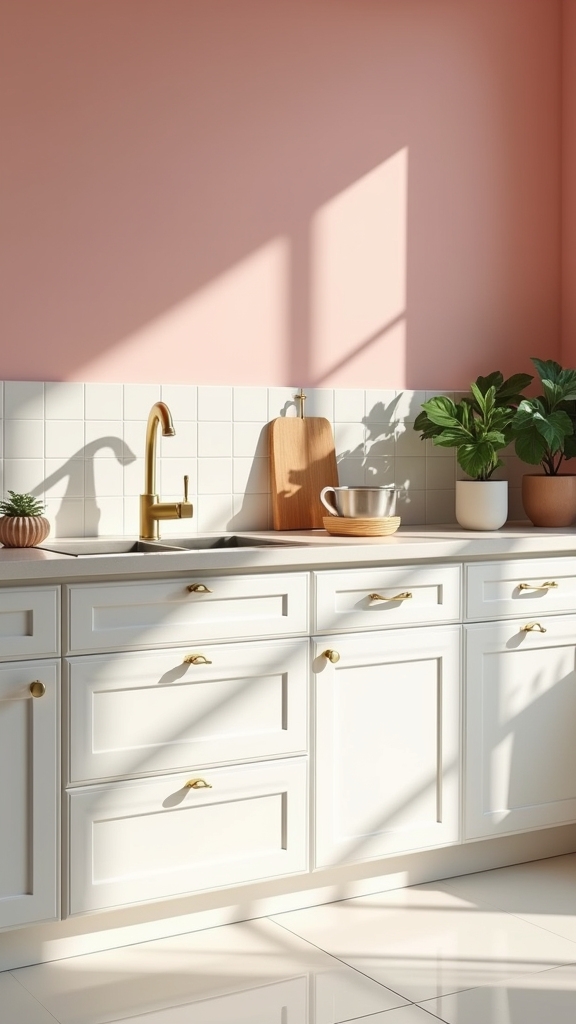
Blush pink introduces a sophisticated yet playful dimension to kitchens with white cabinets, offering a contemporary alternative to conventional neutrals. This warm, subtle hue lends an inviting, airy ambiance, particularly beneficial in compact spaces where maximizing light is paramount.
Design professionals recognize the synergy between blush pink and white cabinets, utilizing the gentle contrast to cultivate visual interest without overwhelming the senses. The color’s compatibility with natural materials—such as wood and brass—further enhances the kitchen’s aesthetic, striking a balance between modernity and timelessness.
Blush pink’s versatility guarantees it adapts effortlessly across design styles, from sleek contemporary to rustic farmhouse. For best effect, experts recommend integrating blush pink through wall paint or curated accents, fostering a serene, cozy environment ideal for modern culinary spaces.
Frequently Asked Questions
What Wall Color Goes Best With White Kitchen Cabinets?
When considering what wall color goes best with white kitchen cabinets, current wall color trends in kitchen design favor soft greige, creamy whites, or muted blues. These expert-recommended hues provide contrast, enhance brightness, and maintain timeless visual harmony.
How to Elevate White Kitchen Cabinets?
To enhance white kitchen cabinets, one should layer in contemporary kitchen accessories and integrate adjustable lighting options. Strategic use of brass hardware, sculptural pendant lights, and open shelving introduces texture, warmth, and trend-forward sophistication to the space.
Should Walls Be Lighter or Darker Than Kitchen Cabinets?
Deciding whether walls should be lighter or darker than kitchen cabinets depends on desired contrast concepts and color harmony. Experts suggest lighter walls for enhanced spaciousness, while darker tones introduce depth—trend awareness and space size should guide this practical decision.
What Looks Best With White Kitchen Cabinets?
Ideal color combinations for white kitchen cabinets reflect current design trends, favoring warm neutrals, soft greys, light blues, rich greens, and deep indigos. These hues offer versatility, enhance visual interest, and promote a timeless, sophisticated aesthetic.
Conclusion
Selecting the ideal wall color for white kitchen cabinets requires balancing current design trends with practical considerations. From grounding olive greens to invigorating sunny yellows, each hue offers a unique opportunity to personalize and enhance the kitchen space. Designers emphasize the importance of evaluating natural light, kitchen size, and desired ambiance before finalizing a palette. By thoughtfully pairing wall colors with white cabinetry, homeowners can achieve both timeless sophistication and a refreshed, contemporary aesthetic in their kitchens.
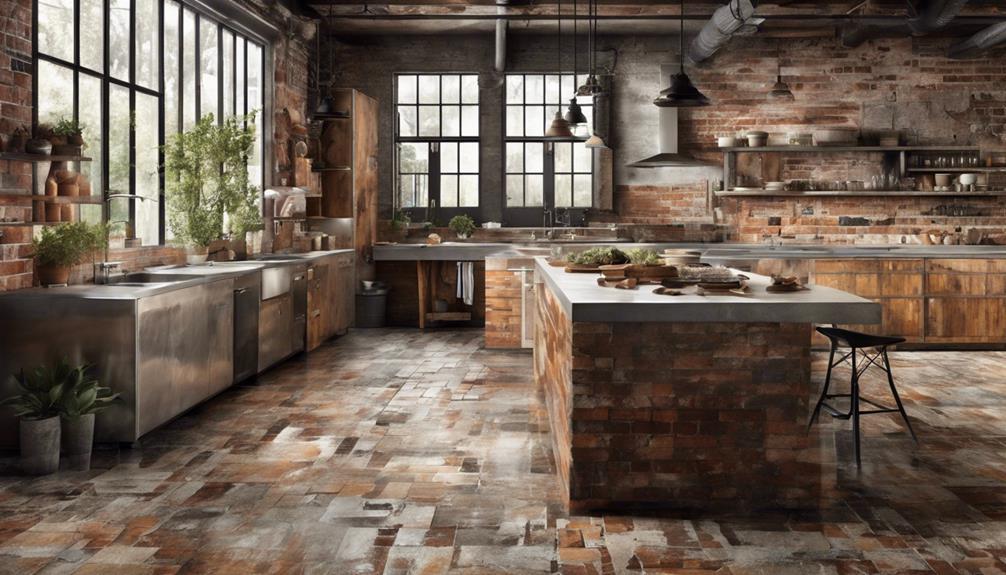
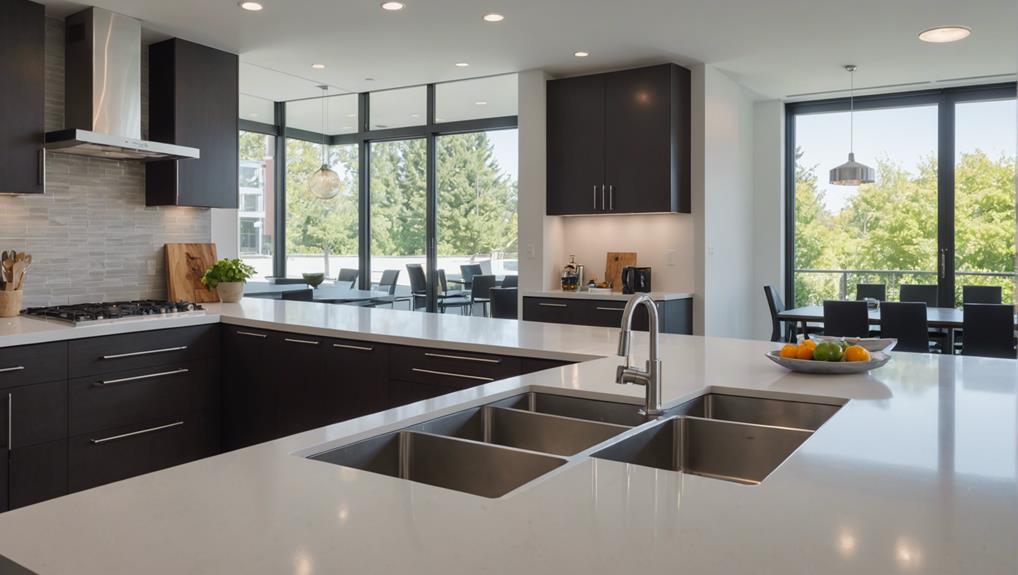
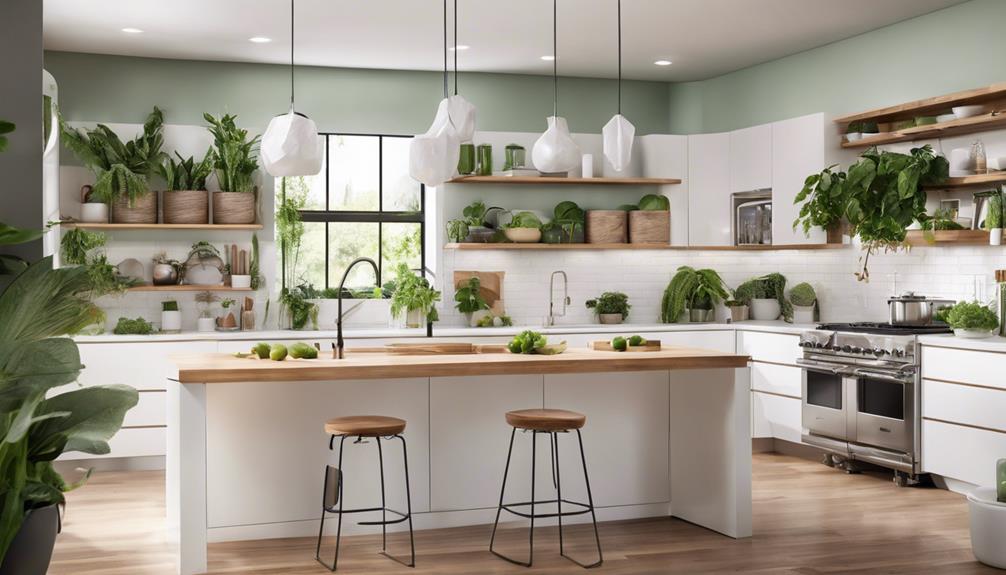
Leave a Reply